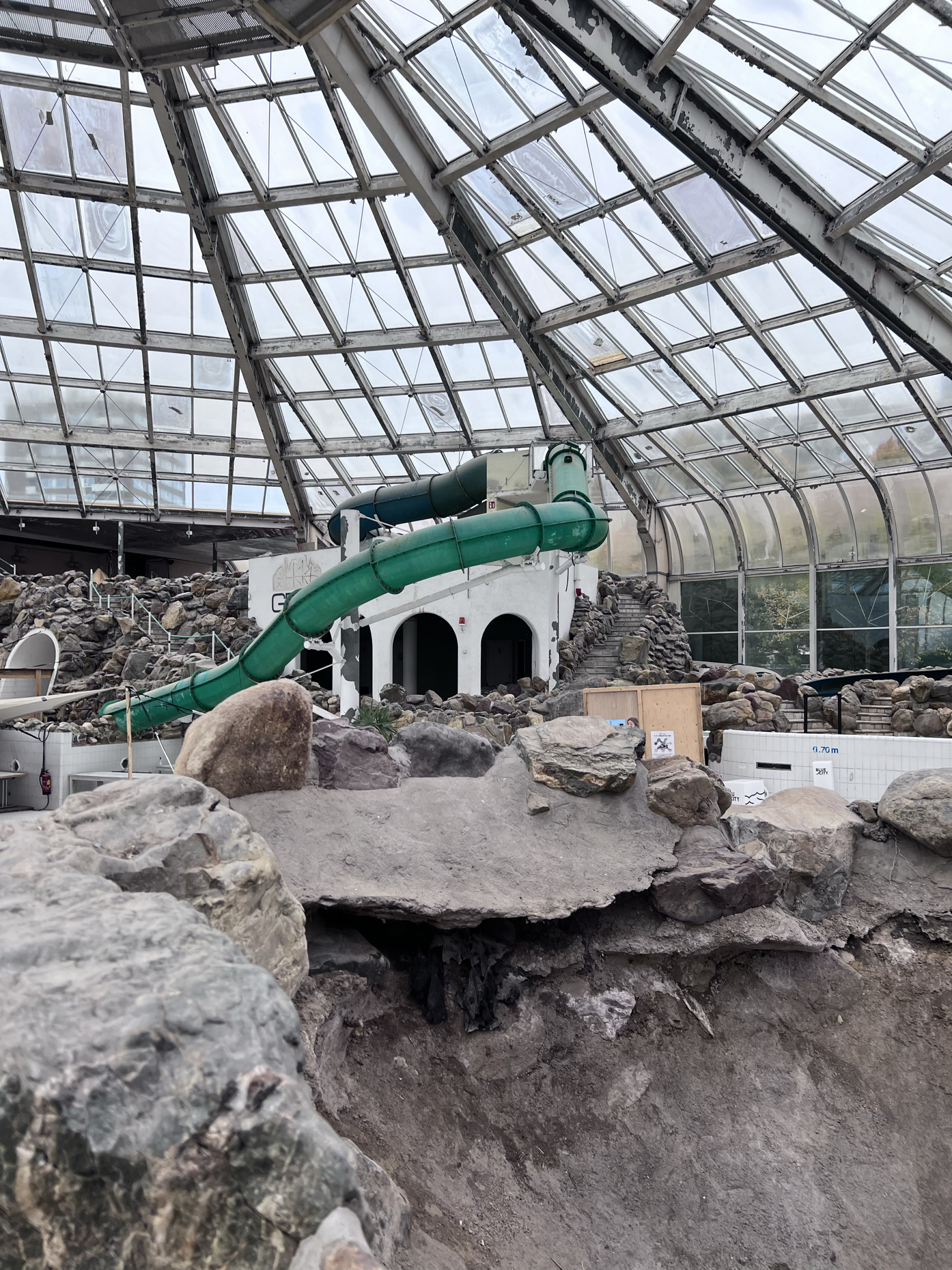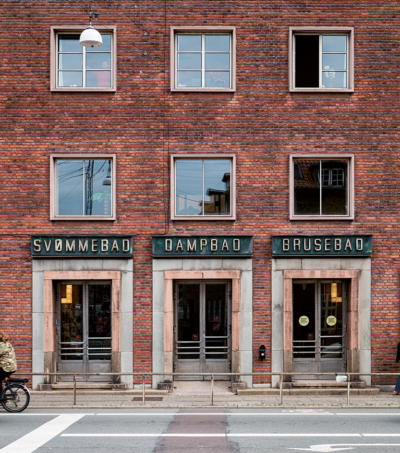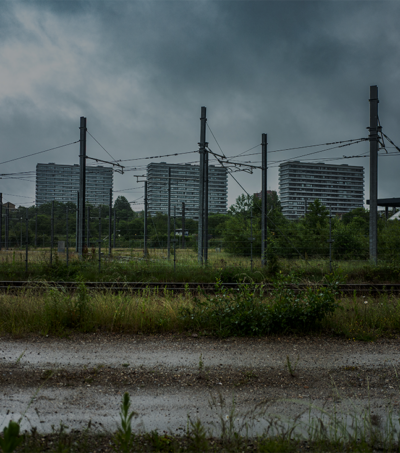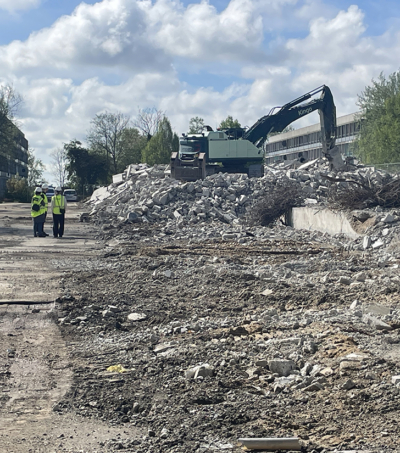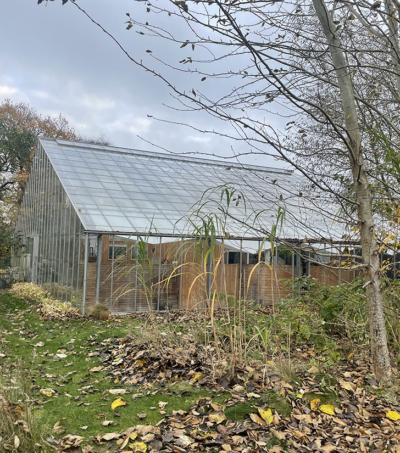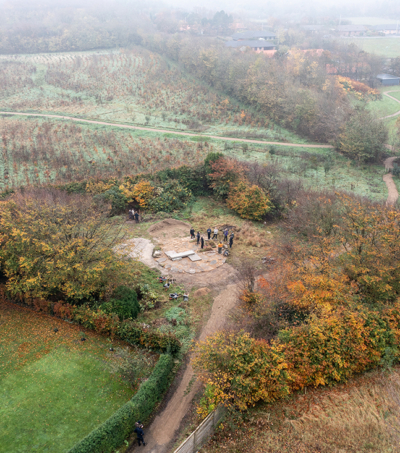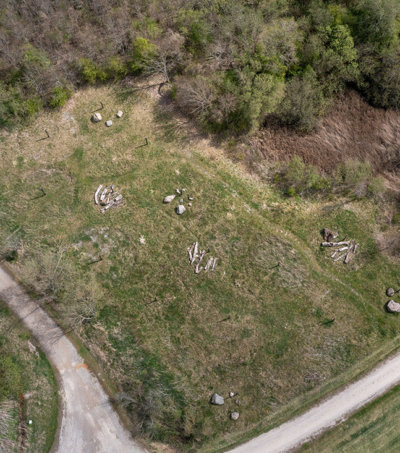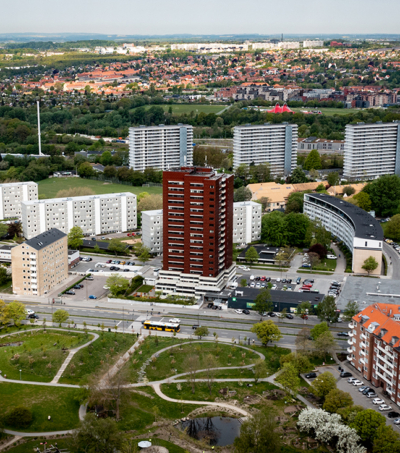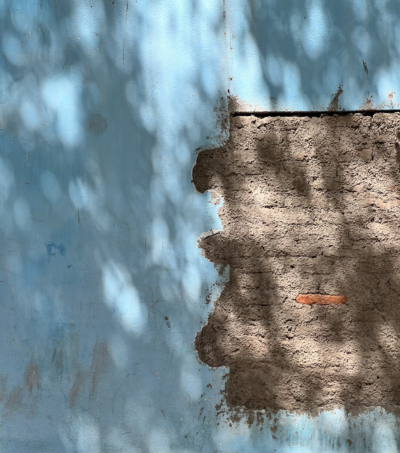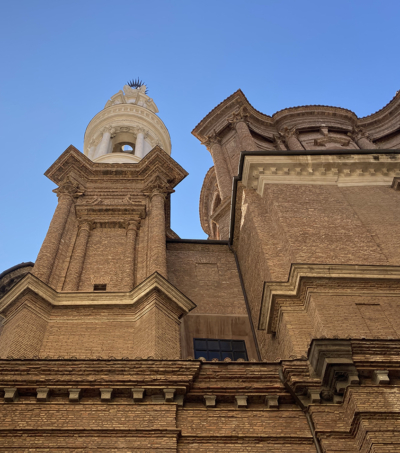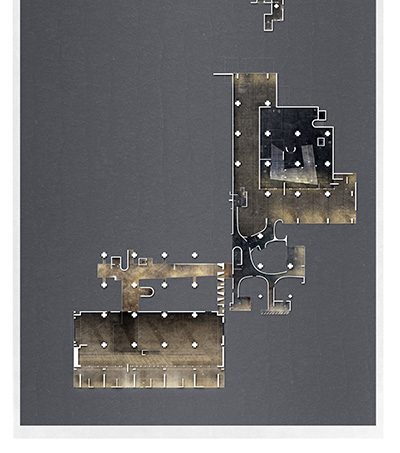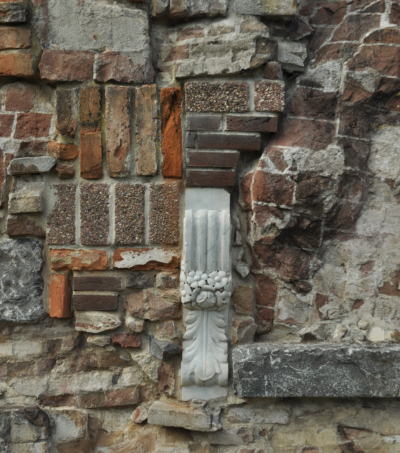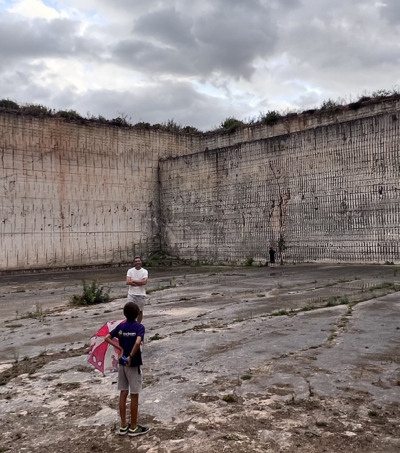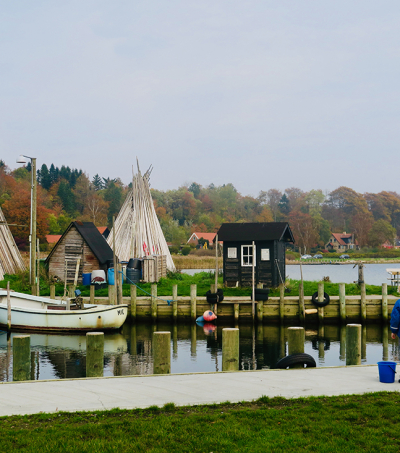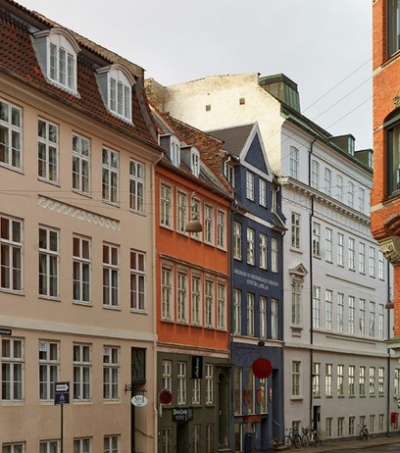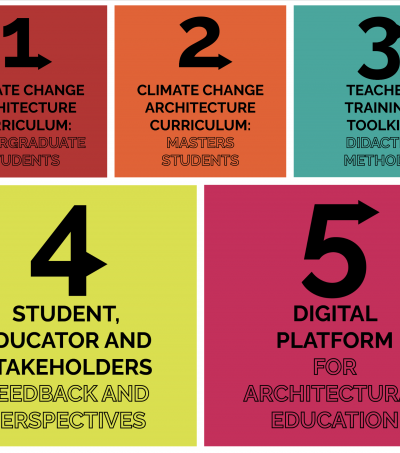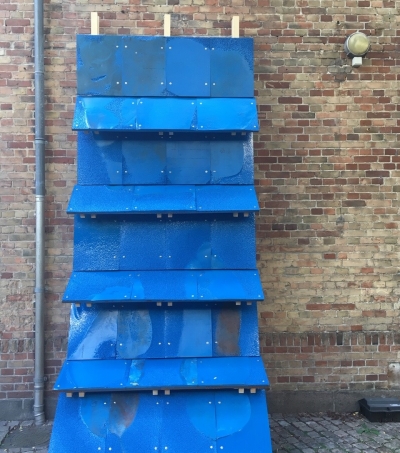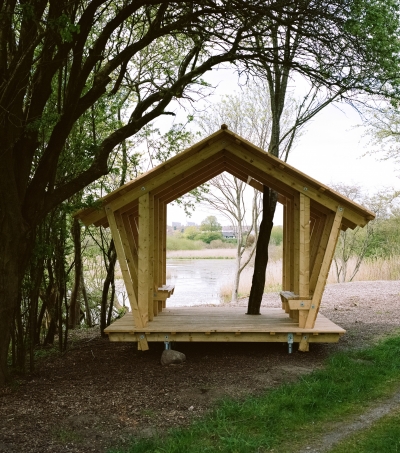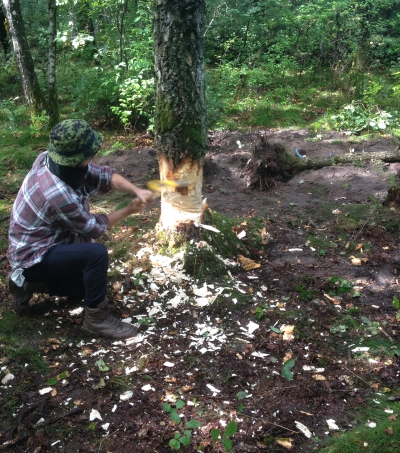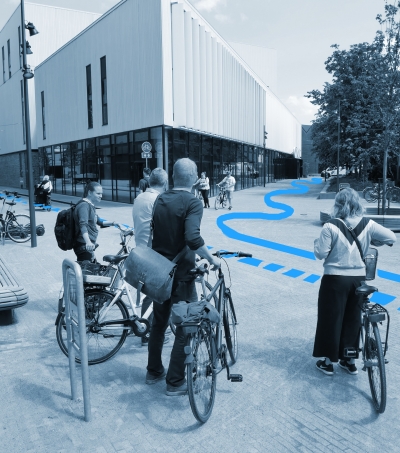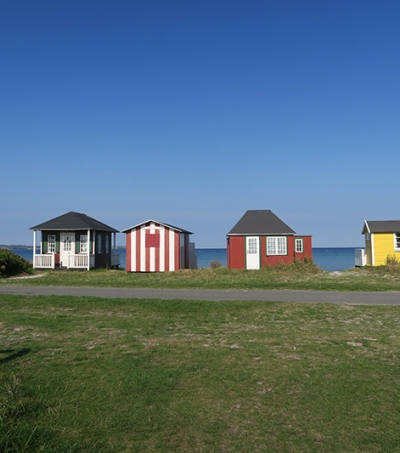The current globalised economy relies on designed-in obsolescence and (over-)consumption. New social media forms of communication are conditioning and transforming personal relationships into something loose, malleable, ephemeral, and disposable. Paradoxically, while humanity is immersed in the quest for eternal life, our culture is defined by fleeting items that are ready to be replaced.
Yesterday’s solutions are barely effective today and not at all tomorrow. The future promises to confront us with other unforeseen threats, but perhaps at the same time, to give new opportunities if we react differently. The project examines architecture that unfolds through active engagement of the parameter of time and ecological scenario thinking in the design process from its very beginning.
The needed paradigm shift moves us away from the processes that understand contemporary architecture as a prospective tabula rasa – the only way of dealing with it is by demolition. It requires that we not only learn from the past and face present challenges but also reflect on the future life and afterlife of the buildings we design. Thus, the timeframe for architecture changes. We must look into unstable climatic conditions, shifting territories, fluctuating usage patterns, dismantlable constructions, maintenance processes, decay, reuse and disintegration.
The project is a collective reflection on an open and experimental approach towards sustainability where the idea of time is the core of investigations. It aims to showcase the power of fictional architectural narratives to stimulate new ways of mapping, designing, making, constructing and communicating.
The time matters will be examined in relation to artistic and architectural references and through diverse formats, encompassing essays depicting ecologies of scenario thinking and a historical account of temporal architecture, factual data and mappings, architectural storytelling and documentation of physical engagements within an existing substance.
By introducing the time as a project’s driver and understanding the constructions as a series of entities deeply integrated into the surrounding context; not as detached and isolated, singular forms, the project promotes an architecture that evolves alongside shifting conditions – external and internal – and introduces its dynamics as a primary design parameter.
Facts
- Title of the project: Time Matters. Prospects on the Future of Architecture
- Project leader (contact person): Urszula Kozminska
- External partners: Nacho Ruiz Allen, Ruby Press (Berlin)
- Participating researchers from Aarhus School of Architecture: Katrina Wiberg, Mo Michelsen Stochholm Krag, Alicia Lazzaroni, Matiss Groskaufmanis, Antonio Bernacchi
- The project is supported by Statens Kunstfond, Dreyersfond, Beckett Fonden, Realdania and the Danish Institute in Rome
CONTACT
Related
YOU MAY ALSO BE INTERESTED IN

